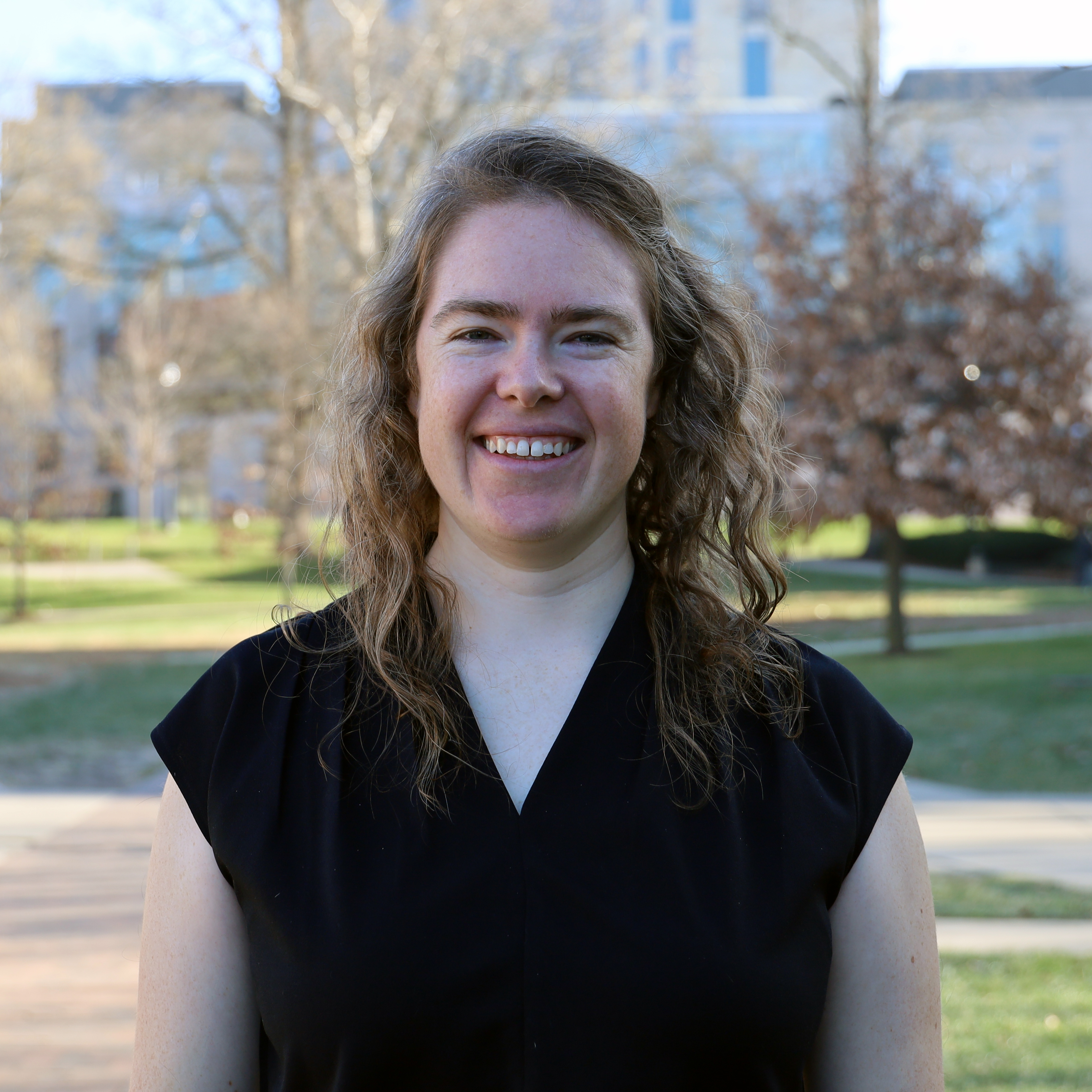After Dobbs, Illinois abortion clinics saw surge in out-of-state patients
Providers adapted to maintain access for in-state patients
By Misti Crane

Following the Supreme Court’s decision in Dobbs v. Jackson Women’s Health Organization, two large Illinois abortion providers saw a 35% increase in abortions, driven by out-of-state patients who lived where abortion care was illegal or more restricted, according to new research.
From July 2021 through June 2022, the clinics, which provide about half of the state’s abortions, reported 24,071 abortions. In the year after Dobbs, that number rose to 32,579. A 191% increase in out-of-state patients came without a decrease in services for Illinois residents, researchers found.
Illinois became one of the closest options for many people in the Midwest and South, where many states restricted or banned abortion after Dobbs. To accommodate the increase, providers in Illinois expanded gestational limits, established mobile sites and made other adjustments, said lead author Mikaela Smith of The Ohio State University College of Public Health.

“The clinics were creative and quick to respond,” said Smith, a research scientist who works with the Ohio Policy Evaluation Network, a multi-institution group that researches abortion and contraception, focused on policies and inequities in Ohio and neighboring states.
“There was a concern that with additional patients coming in from other states, access to care for Illinois residents might be more limited. We didn’t see that in this case,” she said.
The study, published online in the American Journal of Public Health, used data from a monthly survey of Illinois abortion providers.
Beyond the surge in out-of-state patients, the analysis showed a 22% increase in medication abortions, a 53% increase in procedural abortions and a 75% increase in abortions performed at 12 weeks of pregnancy or later.
The Illinois findings are part of a series of papers from OPEN’s ongoing monitoring of abortion access in the Midwest.
Last year, an OPEN study evaluating abortion care in Ohio following the Dobbs decision reported a 56% decrease in abortions in the three-month period when abortions could not be performed if embryonic cardiac activity was detected (about six weeks of pregnancy duration). After that ban was lifted, the number of patients seeking an abortion increased, as did the percentage from out of state.
Alison Norris of Ohio State’s College of Public Health was a co-author on both studies.
CONTACT: Mikaela Smith, Smith.14017@osu.edu
Written by Misti Crane, Crane.11@osu.edu; 614-292-3739
About The Ohio State University College of Public Health
The Ohio State University College of Public Health is a leader in educating students, creating new knowledge through research, and improving the livelihoods and well-being of people in Ohio and beyond. The College's divisions include biostatistics, environmental health sciences, epidemiology, health behavior and health promotion, and health services management and policy. It is ranked 22nd among all colleges and programs of public health in the nation, and first in Ohio, by U.S. News and World Report. Its specialty programs are also considered among the best in the country. The MHA program is ranked 5th and the health policy and management specialty is ranked 21st.